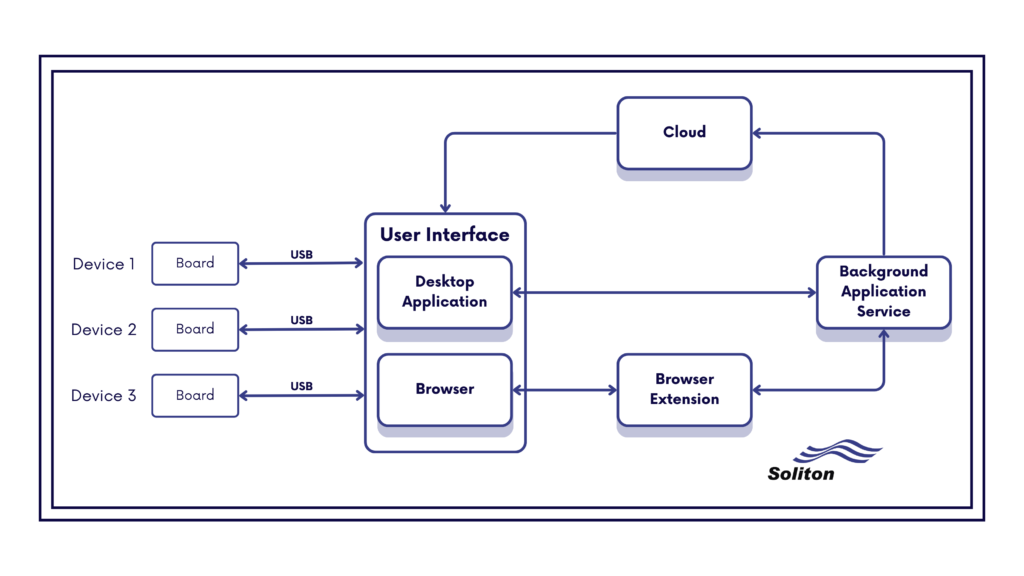Explore how Soliton’s collaboration with a semiconductor company enabled a minimal to no-code solution for non-engineers to integrate with sensors for data streaming and help effortlessly measure real-time data.
The demand for precise data measurement and processing is prevalent across various industries and professions. While many roles may require data measurement skills, most end users may lack knowledge of the right tools and techniques to comprehend and leverage the measurement technologies. This gap is especially noticeable in sectors such as agriculture and healthcare, where accurate data insights from electronic components can aid in better decision-making.
Our customer sought to bridge the gap by devising a simple solution for non-engineering end users to make real-time measurements without deep programming or measurement expertise and partnered with Soliton on this endeavor.


